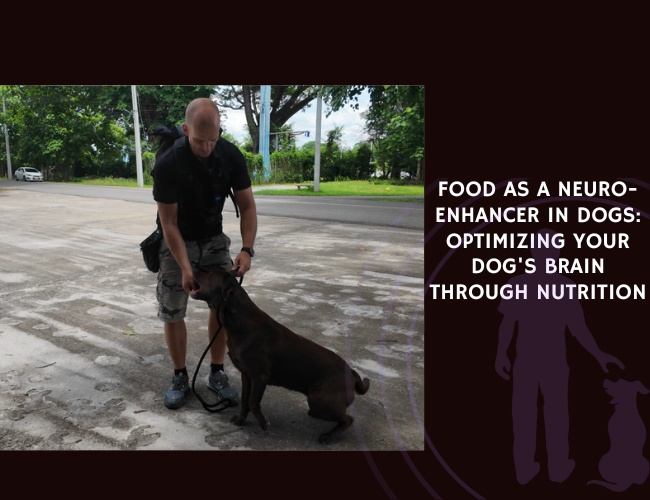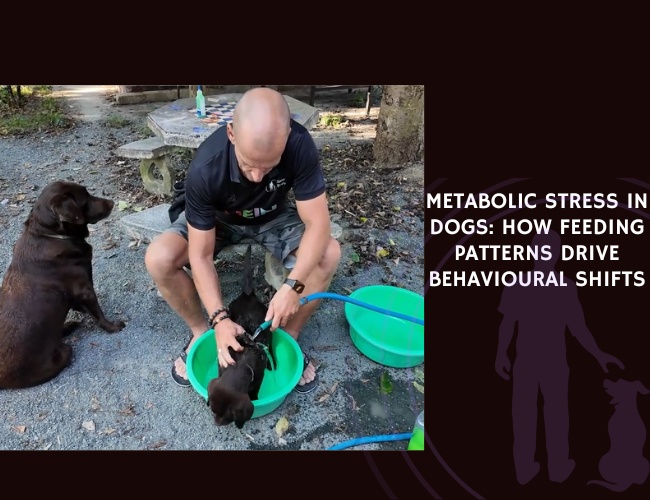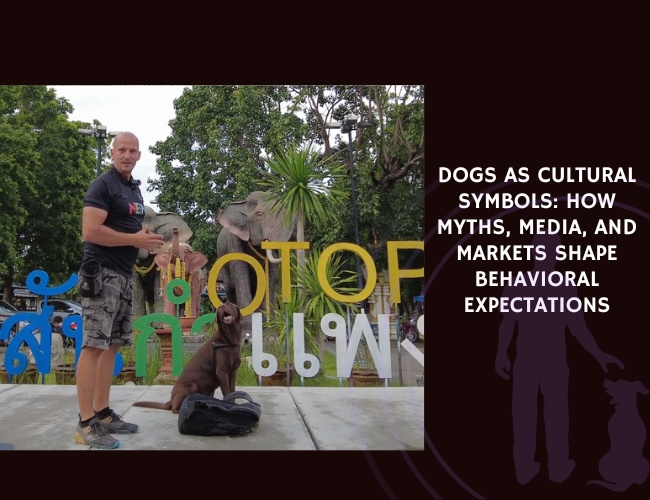A groundbreaking 2024 study by Petra Dobos and Péter Pongrácz, published in BMC Biology, investigated whether functional breed selection affects dogs’ ability to learn from human speech. The researchers tested 70 dogs from 33 breeds, split into cooperative and independent working categories, using a detour task around a transparent V-shaped fence.
Two demonstration conditions were compared: ostensive speech (addressed to the dog, with attention-eliciting prosody) and neutral speech (monotonous reciting of a short poem). Importantly, the gestures and movements of the demonstrator were kept identical across both conditions to isolate the effect of speech.
The results revealed that cooperative breeds improved their detour performance after both ostensive and neutral speech demonstrations. In contrast, independent breeds showed no improvement under either condition. Notably, cooperative dogs looked longer at the human demonstrator during ostensive speech, and longer looking times were directly linked to greater success in solving the task.
This study provides the first empirical evidence that functional breed selection has fundamentally influenced dogs’ sensitivity to verbal communication. While once thought to be a uniform product of domestication, the ability to benefit from human ostensive cues appears more pronounced in breeds developed for cooperative tasks.
Source: Dobos, P., & Pongrácz, P. (2024). You talkin’ to me? Functional breed selection may have fundamentally influenced dogs’ sensitivity to human verbal communicative cues. BMC Biology, 22.










